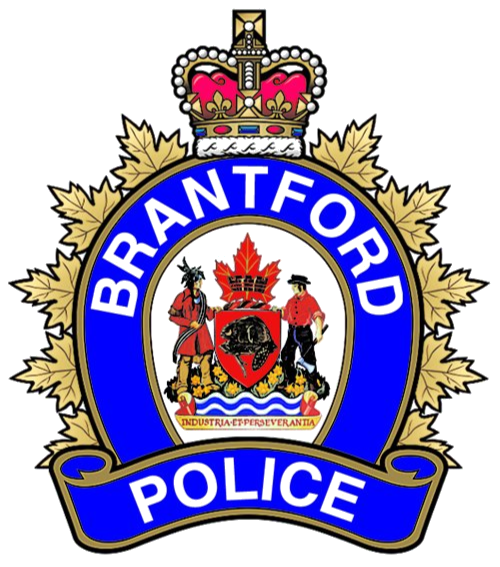- Which service do you require? Police, Fire or Ambulance Service?
- What is your address? You need to provide the address of the incident, including the municipality.
Calling 9-1-1
If you need to report a crime please contact police. For emergencies, please dial 9-1-1. For non-emergencies, please dial (519) 756-7050. We cannot accept reports of incidents through email or social media.
What is the 9-1-1 emergency service phone number?
9-1-1 is the Emergency Phone Service servicing the City of Brantford. This service allows callers, in emergency situations, to quickly link to police, fire, and/or ambulance services. When a citizen calls 9-1-1, the goal is to ensure the caller is linked to the appropriate emergency service, as quickly as possible.
What is an emergency and when should I call 9-1-1?
Everyone reacts differently to an emergency. However, if there is an immediate risk to the safety of people or property, call 9-1-1. Some examples of a 9-1-1 emergency include: crime in progress, medical emergency, fire, or serious motor vehicle collision.
What is NOT a 9-1-1 emergency?
9-1-1 should not be used unless there is a dangerous condition requiring immediate action. Some examples of a non-emergency call would include: theft from vehicle, property damage where suspects have left the scene, a motor vehicle collision where no injuries are reported, and general inquires. In non-emergency situations, please use our business line at (519) 756-7050.
What should I expect when I call 9-1-1?
When you dial 9-1-1 your call is answered by a professionally trained operator. If a caller is unable to communicate or respond, the police will be dispatched to the location promptly. Be prepared to answer the following questions:
You will then be connected to police, fire or ambulance service where you will be required to supply all important details of the emergency.
9-1-1 and Voice over Internet Protocol (VoIP)
Consumers using cells phones or Voice over Internet Protocol (VoIP) telephone services should be aware that wireless and Internet-based telephone services have certain limitations in the event that they require 9-1-1 emergency services. The Brantford Police Service is alerting the public to technical 9-1-1 limitations to help ensure that when someone calls 9-1-1 for help using wireless or Internet-based technology, emergency services can locate them with the least delay possible.
9-1-1 call takers and dispatchers need to know a caller's exact location in order to direct the nearest police, fire or ambulance services to the emergency. Response delays may result if exact location information is not provided by the caller.
The traditional 9-1-1 system is based on the use of landlines and ensures that an emergency telephone call goes to the correct 9-1-1 Centre. At the same time, the system automatically provides address and telephone number information to ensure help can find the caller even if the person is unable to verbalize the location or nature of the emergency. At this point, this is not guaranteed with wireless and new internet-based technology. Even if a consumer has registered their cell phone or VoIP telephone service and personal location with a service provider, given the portability of the technology, it is possible that a 9-1-1 call may be made from a different location. VoIP services can be used from any computer with high-speed Internet access and therefore are not associated to a specific municipal address. Cell phones may display the phone number but not the location from which the call is being made.
Consequently, location information and the nearest, associated emergency agencies are not automatically available to the 9-1-1 call taker/dispatcher. To ensure the least possible delay when using VoIP or a cell phone to make an emergency 9-1-1 call, be prepared to:
- Give your location: include address and town or city, to enable the call taker to either handle the information or transfer you to the correct 9-1-1 centre.
- Give your telephone number, including area code.
- Advise the nature of your emergency.
- Listen to the call taker's instructions - depending on the location and type of incident, you may be transferred.
- Stay on the line until advised otherwise by the call taker.
Consumers should contact their telecommunications service providers to familiarize themselves with the options and restrictions of their telephone device and service plan in relation to access to 9-1-1.
For further information: The Ontario 911 Advisory Board Website provides information on Internet-based telephone service and access to 9-1-1 emergency services. The Canadian Radio-Television and Telecommunications Commission (CRTC) Website provides information about decisions regarding VoIP services.
